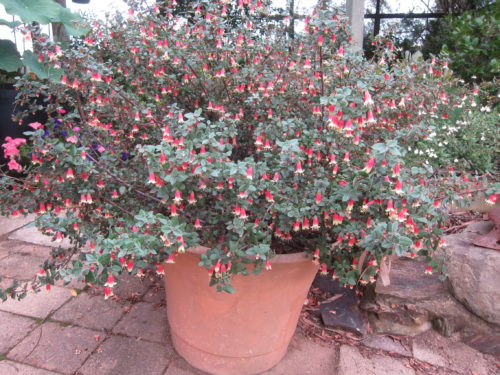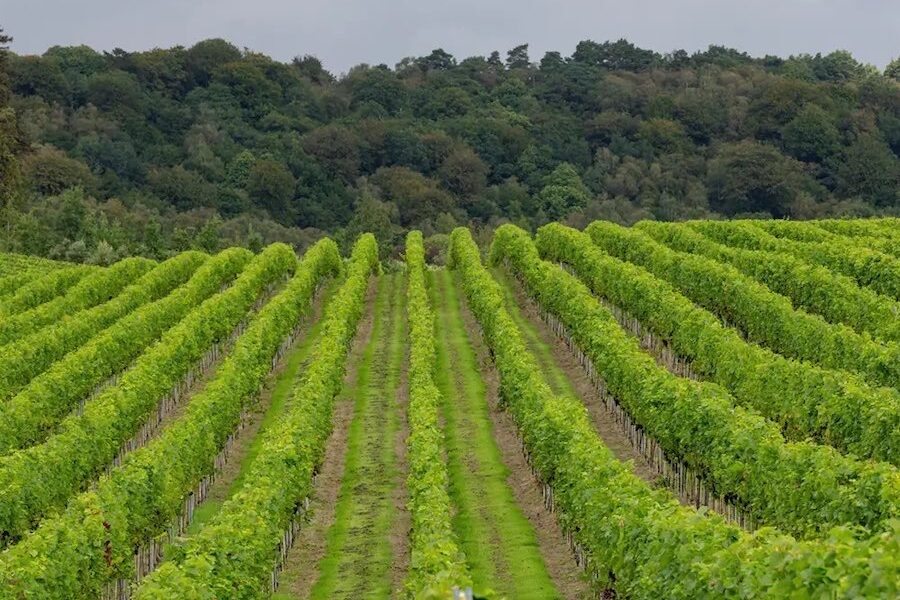
Many native plants are bred locally and perfectly acclimatised for this area, says gardening writer CEDRIC BRYANT.
AUSTRALIA Day is a great time to grow an Aussie plant as part of the celebrations.
Aussies are indebted to famous botanists, including Joseph Banks and Robert Brown, for introducing our plants to the Western world. Since then, a tremendous amount of work has gone on behind the scenes with plant breeding in developing and promoting new varieties. Some of this activity is quietly happening just outside Canberra; in the Bywong Nursery started by Peter and Jennifer Ollerenshaw in 1984.

Previously, Peter worked at the Australian National Botanic Gardens for 20 years and during that time collected Australian plant specimens for future plant breeding. Bywong Nursery isn’t open to the public, but is a wholesale nursery specialising in the breeding of new plants. One of the most important plants bred there was Correa “Canberra Bells” to celebrate Canberra’s centenary in 2013. Its red and cream flowers appear in profusion in autumn, growing to about 70mm x 50mm.
Another plant bred at Bywong Nursery is Grevillea “Lady O”, a cross between G. victoriae and G. rhyolitica and named for Ollerenshaw’s mother. This is only a selection of natives that are bred locally and available from garden centres to celebrate Australia Day.
The Botanic Gardens is a living museum of Australian plants; the largest collection in the world. Many of its plants are rare and not available in garden centres.
It was unfortunate that the Yarralumla retail nursery, the main local source for native plants, closed to the public some years ago. Fortunately, Cool Climate Natives in Pialligo is a specialist native plant nursery where they grow most of the plants for sale, so they are perfectly acclimatised for this area. I highly recommend the nursery, which also has an extensive range of unusual grafted native plants.

Buxus, or box hedging, originated in the Balearic Islands in the Mediterranean and has been popular since Roman times. However, for those developing an all-native garden, there is an alternative, Baeckea imbricata, also known as heath myrtle. This was first described by German botanist Joseph Gaertner back in 1788, based on a specimen in Joseph Banks’ herbarium. Growing to just one metre with tiny leaves and white flowers from spring, it is the perfect alternative; seen above at the Eurobodalla Regional Botanic Gardens at Batemans Bay. Several other varieties grow in this region.
For more information on local native plants, read “Australian Plants for the Canberra Region”, published by the Society for Growing of Australian Plants [Canberra Region]. For the serious native plant buff, “Australian Native Plants” by Wrigley and Fagg is a more comprehensive tome and is considered the bible of native plants.
Visit the Botanic Gardens website and click on the “Flowers, Fruits and Foliage” section for a pictorial list and descriptions of plants of interest, week by week. There are always exhibitions at the Visitors Centre, too.
Who can be trusted?
In a world of spin and confusion, there’s never been a more important time to support independent journalism in Canberra.
If you trust our work online and want to enforce the power of independent voices, I invite you to make a small contribution.
Every dollar of support is invested back into our journalism to help keep citynews.com.au strong and free.
Thank you,
Ian Meikle, editor




Leave a Reply